The Human Factor: Design Thinking
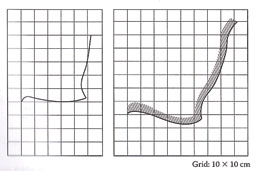
Seat profiles of chairs.
This introductory class helped me understand the physical and emotional human factors that need to be considered with every design project — from ergonomics and usability to lighting and color. Coming from a graphic design background, the physical factors were especially new to me. I learned how to find and use anthropometric data as well as dimensions for interior spaces to complete several different projects. These projects helped prepare me for the more profound design problems I would come across in later classes. Read More
Logo and Identity Design

Commonwealth Emergency Physicians Logo
Commonwealth Emergency Physicians is a moderate-sized community hospital located in northern Virginia. The company wanted to project a professional, modern image that also conveys excellence, timeliness, caring, and progressive thinking. When I asked the group if there were any logo designs in their field they really liked, I found out they favored the logos that expressed timeliness, such as a minuteman and an hourglass. These logos tended to be very traditional. I decided to push the concept of an hourglass to the next level and tie it more into medicine by forming an hourglass shape with a stethoscope. This form took on a very modern look and was able to project a double meaning.
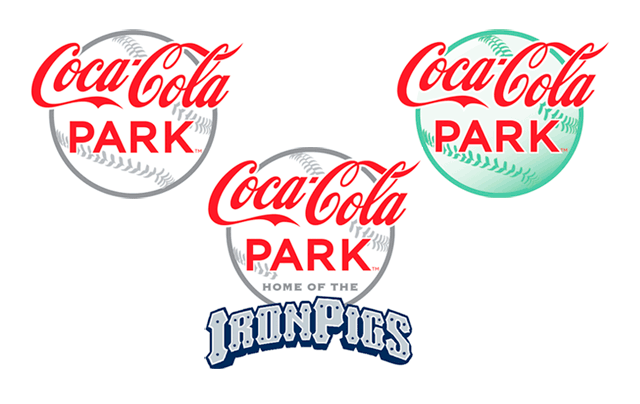
Coca-Cola Park Logo
This logo was designed for a new baseball stadium in Allentown, PA. Coca-Cola wanted a few variations on the logo for different applications. This included a primary logo, a lockup with the team logo and a version for signage. The version for signage is meant to be produced on green glass, reminiscent of the glass used in old Coca-Cola bottles and still used today in many Coca-Cola commemorative items.
EcoLabs
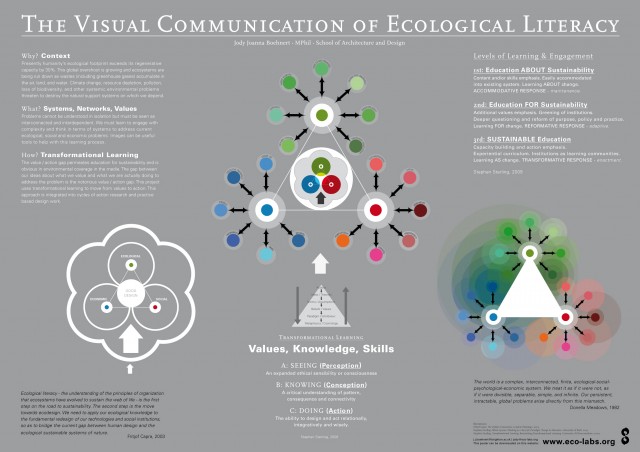
While researching sustainability graphics for my M.A. Final Project, I came across EcoLabs and the concept of eco-literacy. EcoLabs is a not for profit network of designers and visual artists who create materials, projects and programs that support ecological literacy. The aim of the organization is to nurture whole systems thinking, foster ecological literacy, and create an alternative cultural vision that will drive transformational change to meet the goals of a fully sustainable society.
“Ecological literacy — the understanding of the principles of organization that ecosystems have evolved to sustain the web of life — is the first step on the road to sustainability. The second step is the move towards ecodesign. We need to apply our ecological knowledge to the fundamental redesign of our technologies and social institutions, so as to bridge the current gap between human design and the ecological sustainable systems of nature.”
– Fritjof Capra (2003)
It’s Not Easy Being Green
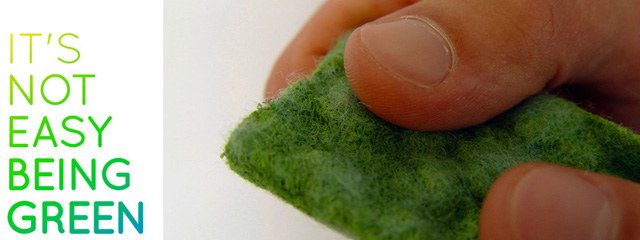
It’s Not Easy Being Green is a project by two designers traveling around the world in 184 days. The project was initiated by Aart van Bezooyen and Paula Raché, a Dutch-German design couple living and working in Hamburg, Germany. Over the course of six months they are offering inspiring lectures and materials workshops to explore the practice of sustainability by meeting, discussing and working with local creatives. Read More
Creative Capacity of Social Business Models — Core77
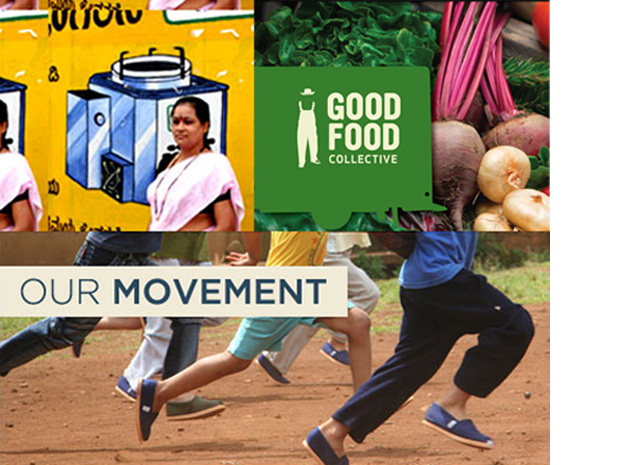
This article shows examples of innovative business models that combine creativity and social responsibility:
Creative Capacity of Social Business Models.
